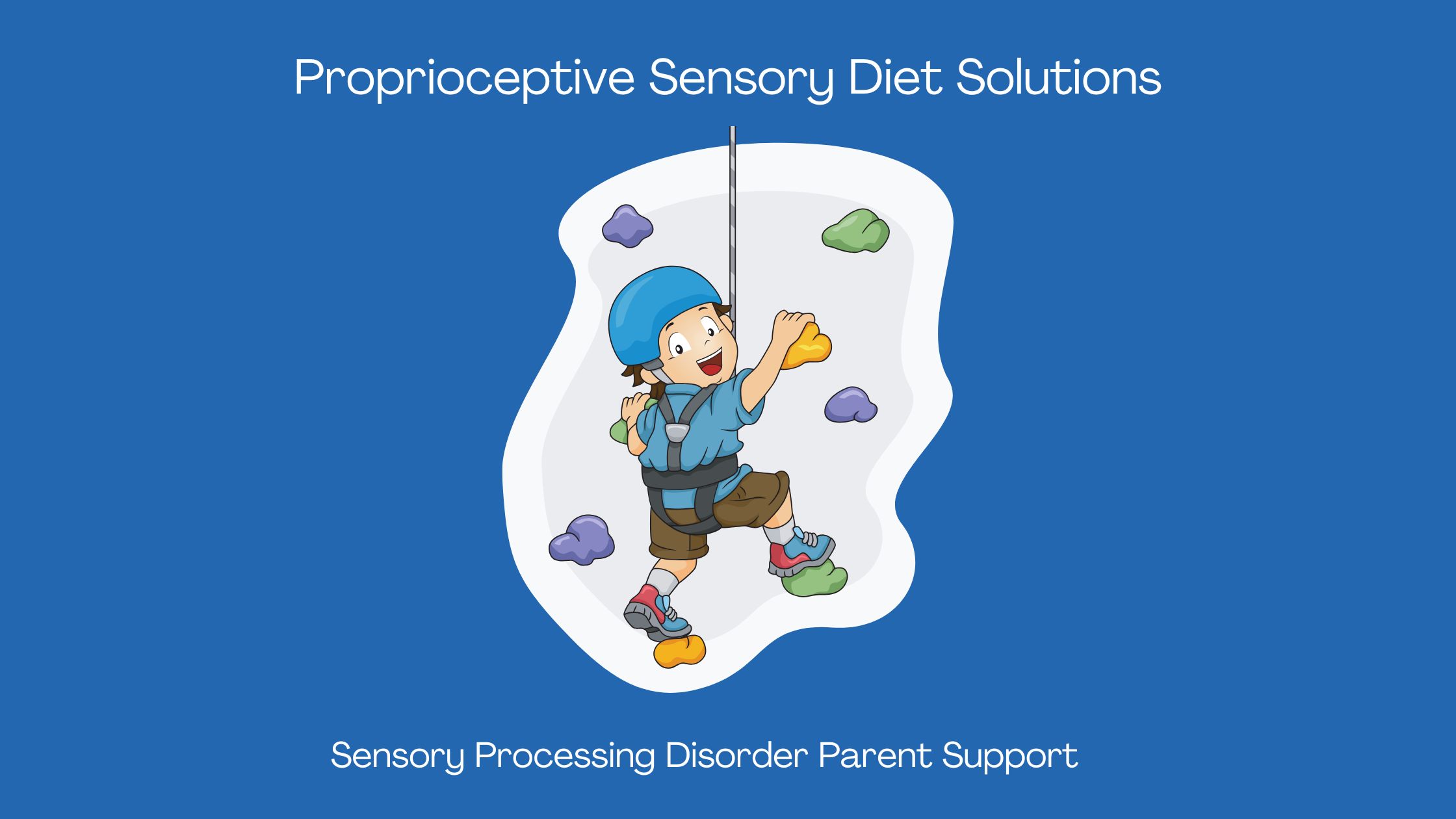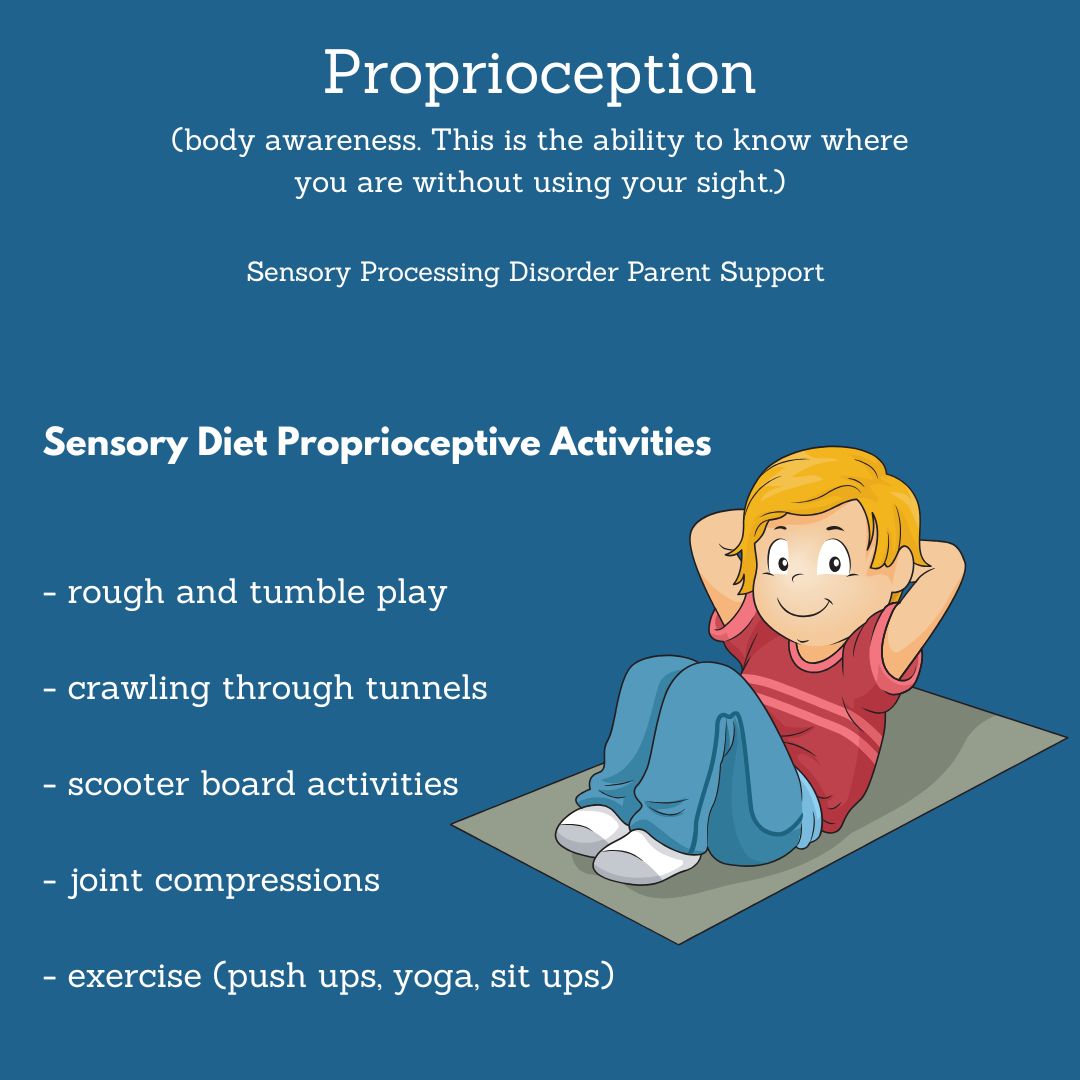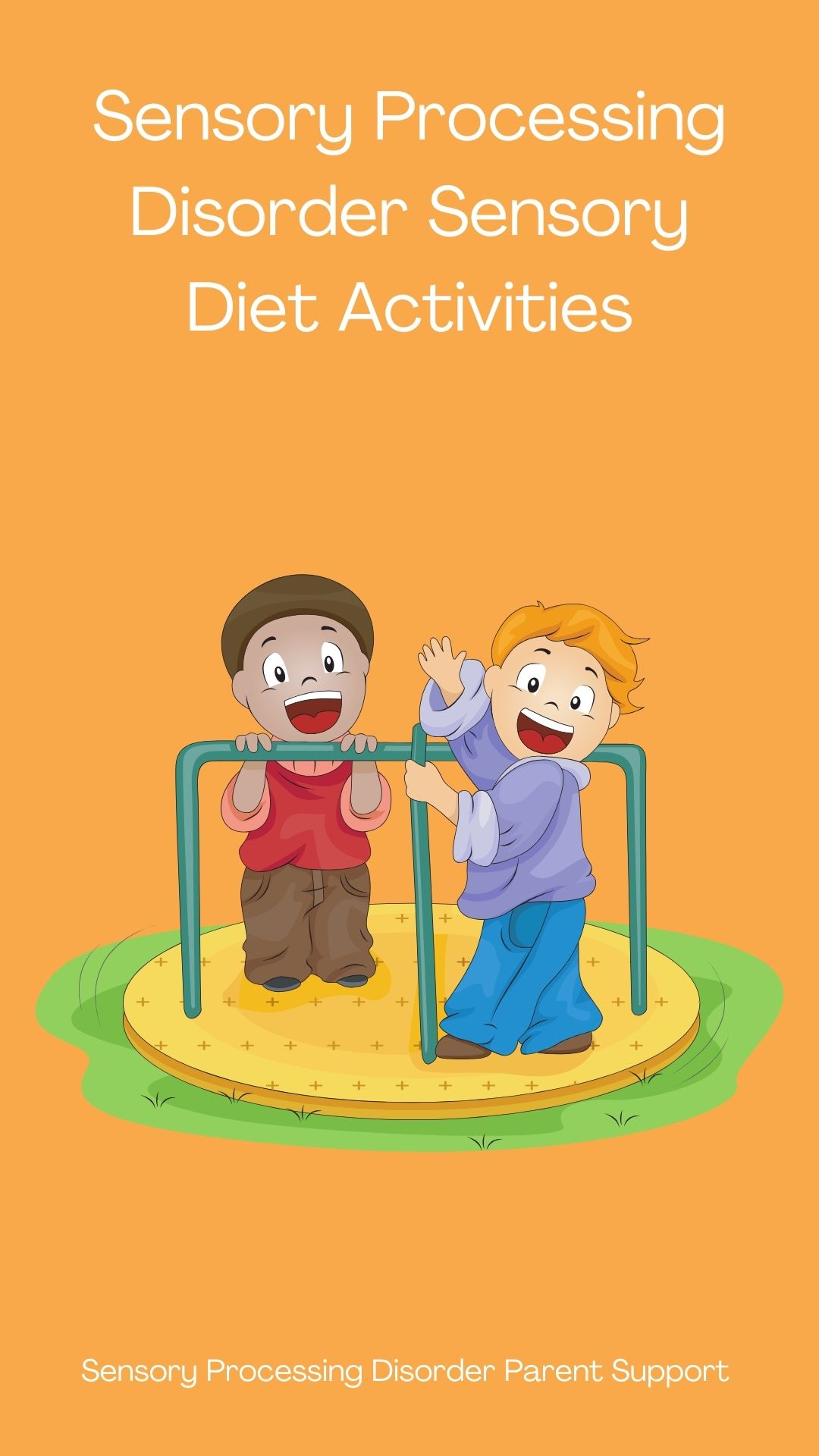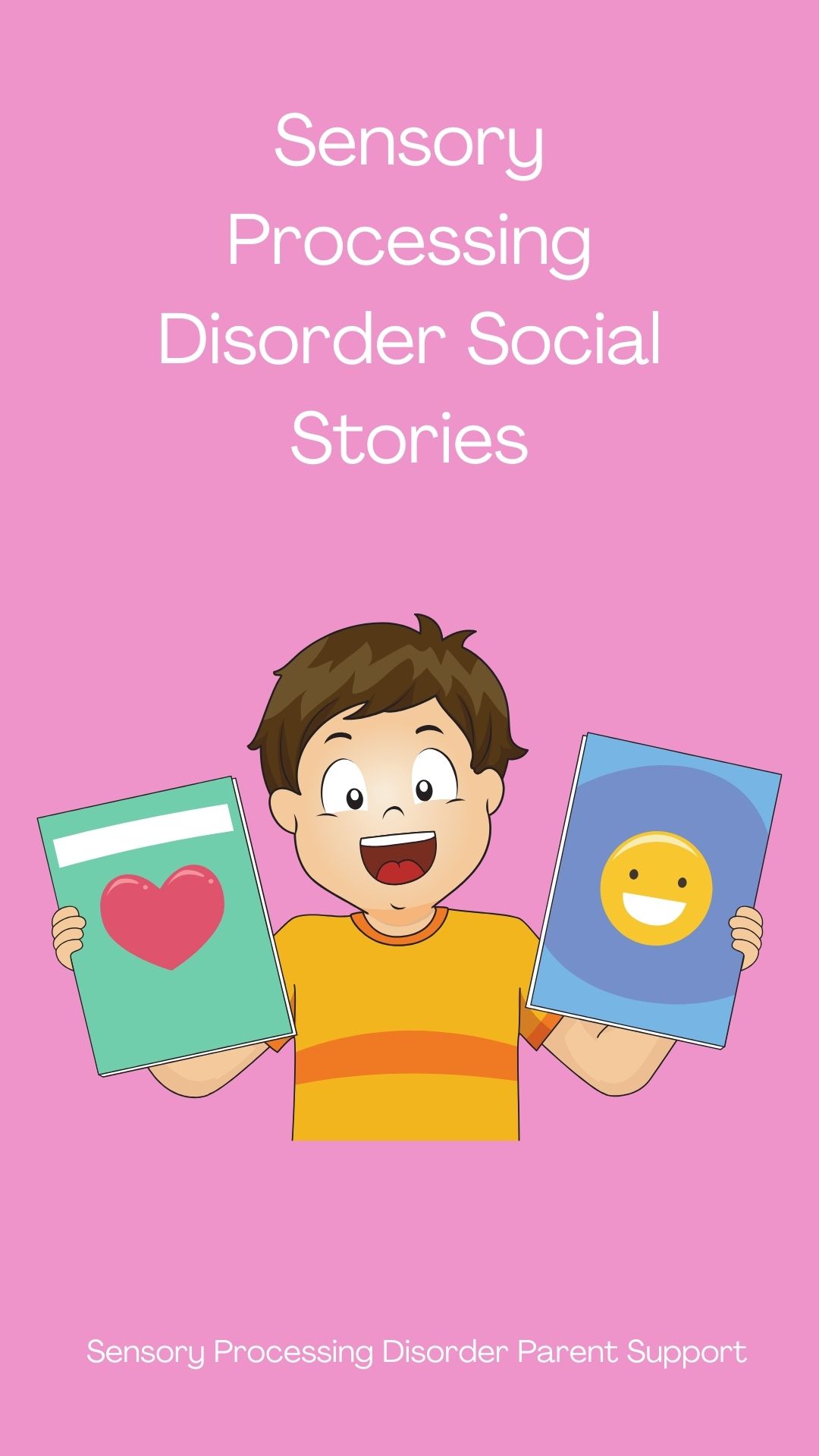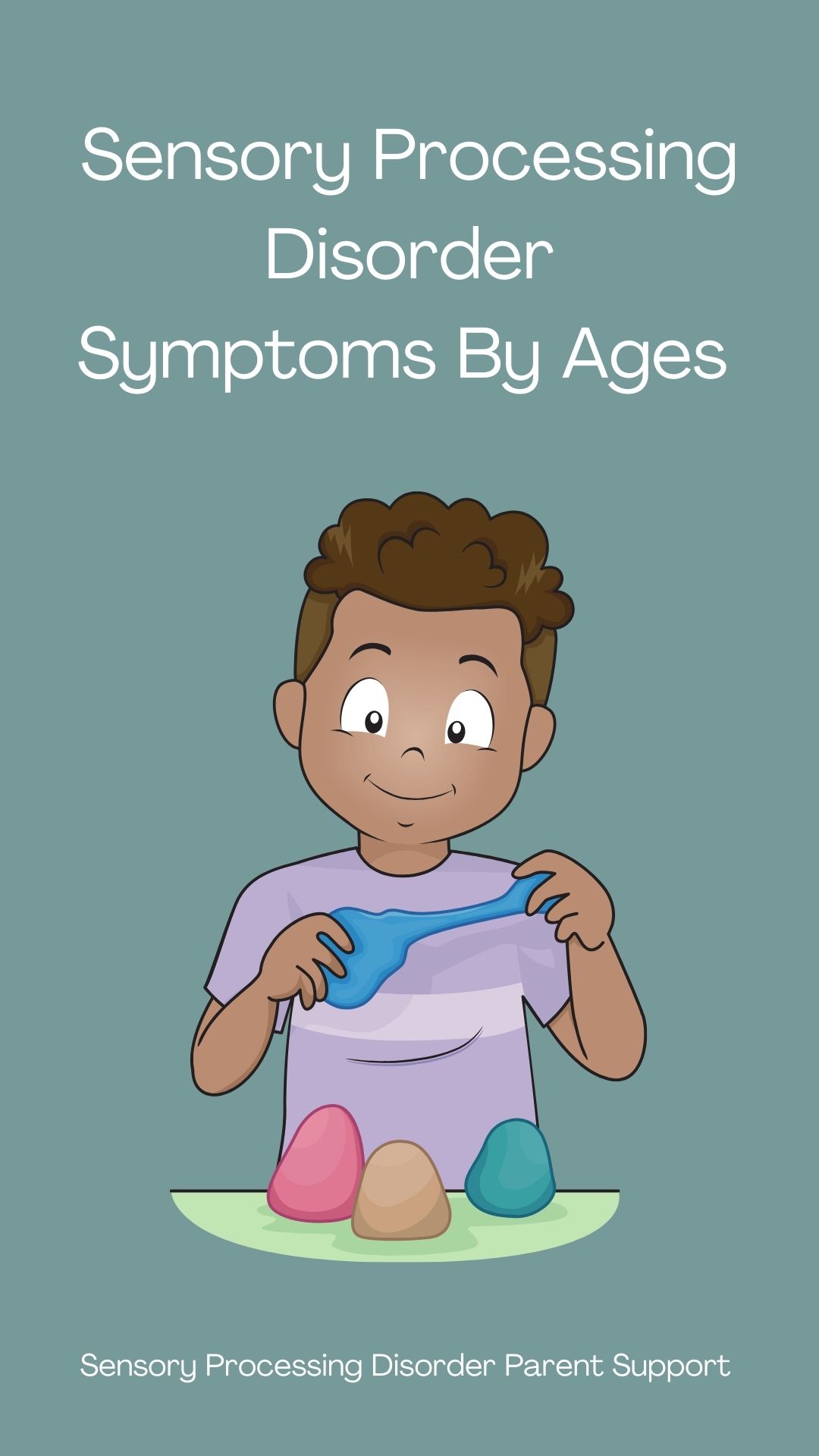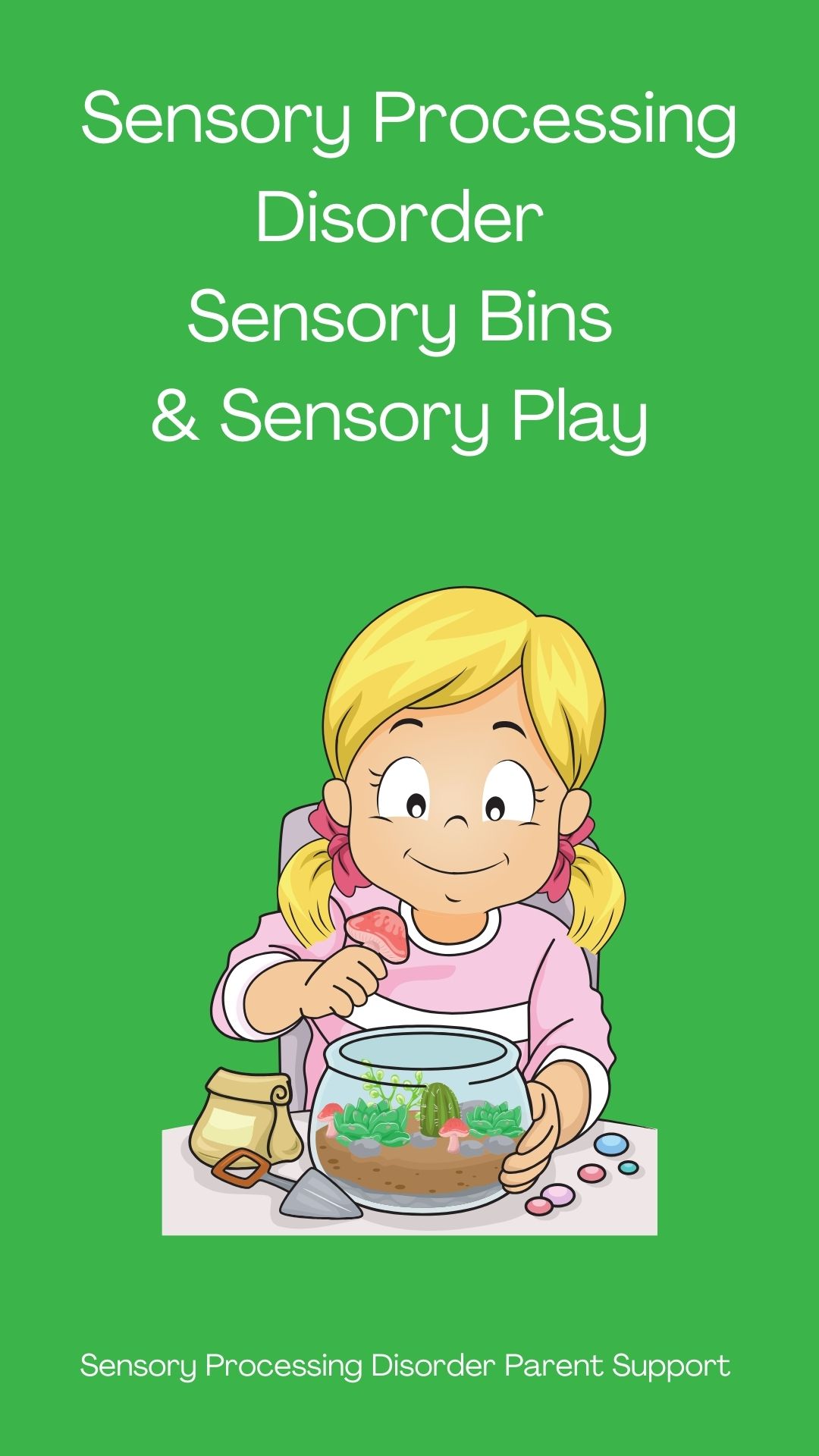
Sensory Processing Disorder Parent Support
Proprioceptive Sensory Diet Solutions: Toys and Therapy Tools
Children with sensory differences ... painting the world beautiful.
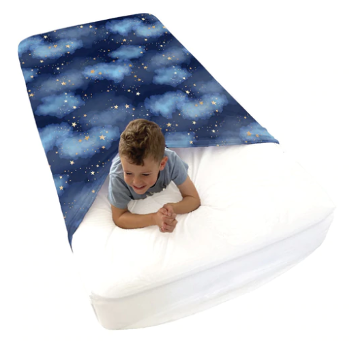
JettProof
Starry Calming Sensory Compression Sheet
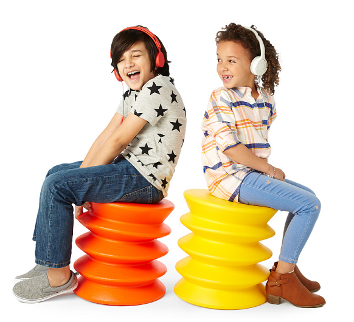
Amazon
KidsErgo Active Flexible Sensory Seating
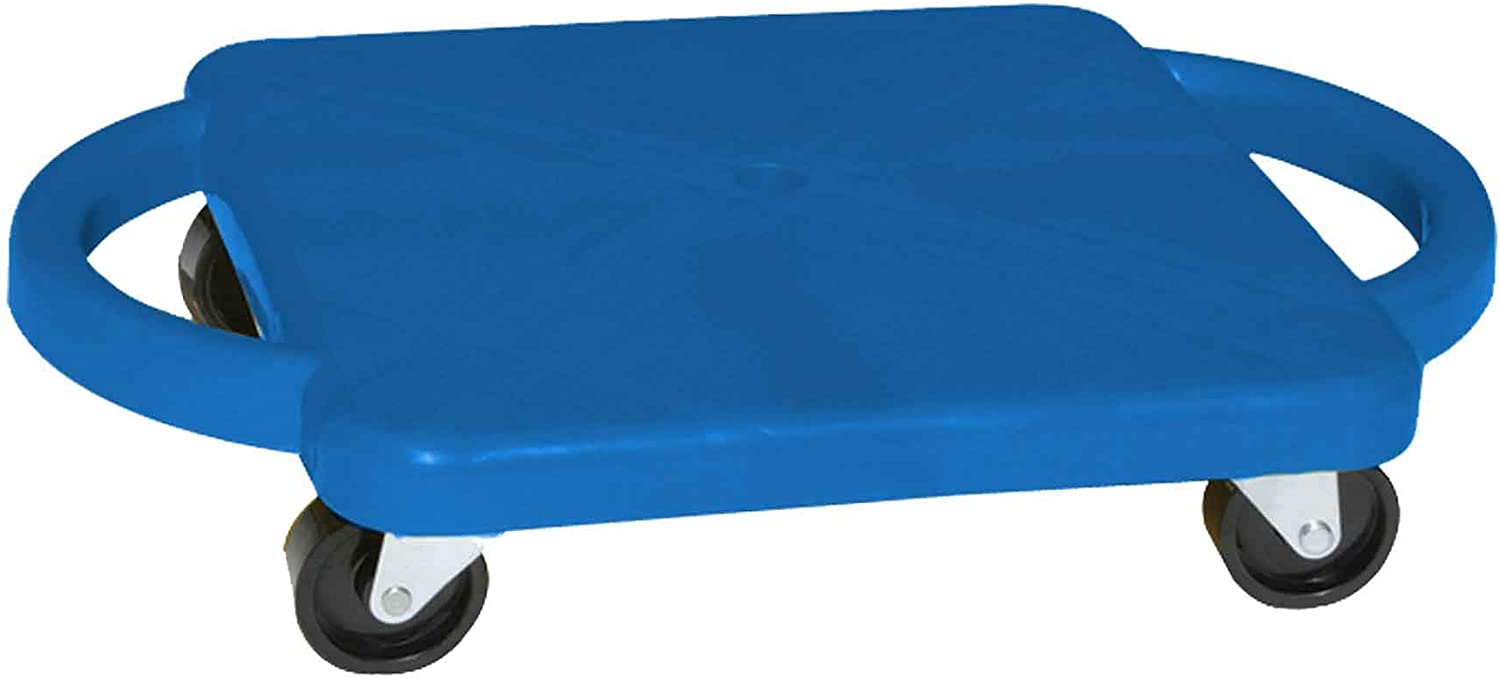
Amazon
Fun and Function Plastic Scooter Board

Kozie Clothes
Kozie Compression Compression Shirt
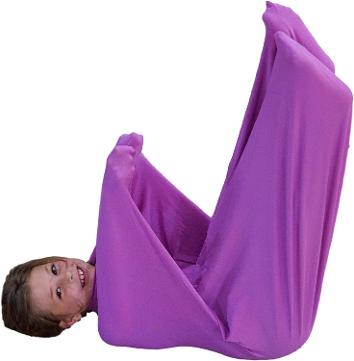
Amazon
Calming Sensory Sack Therapy Body Sock
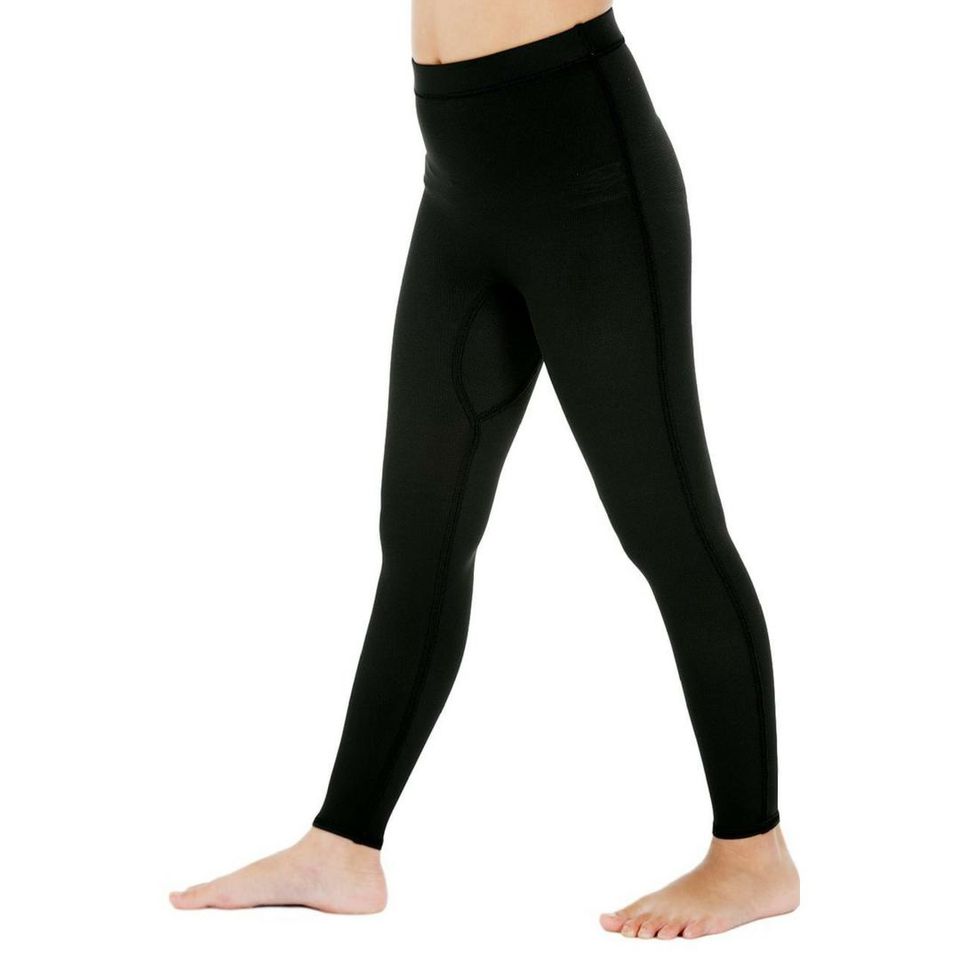
JettProof
Boys Sensory Compression Leggings
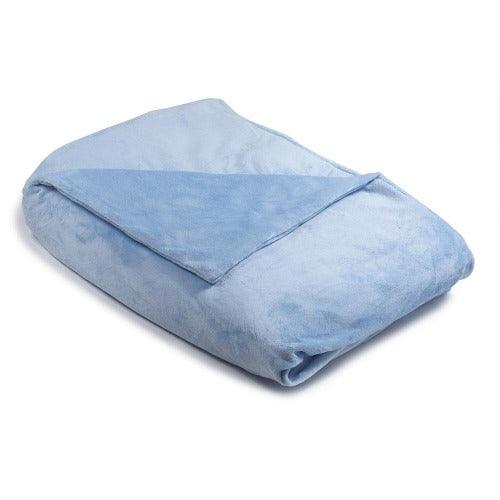
Magic Weighted Blanket
Light Blue Minky Smooth Weighted Blanket
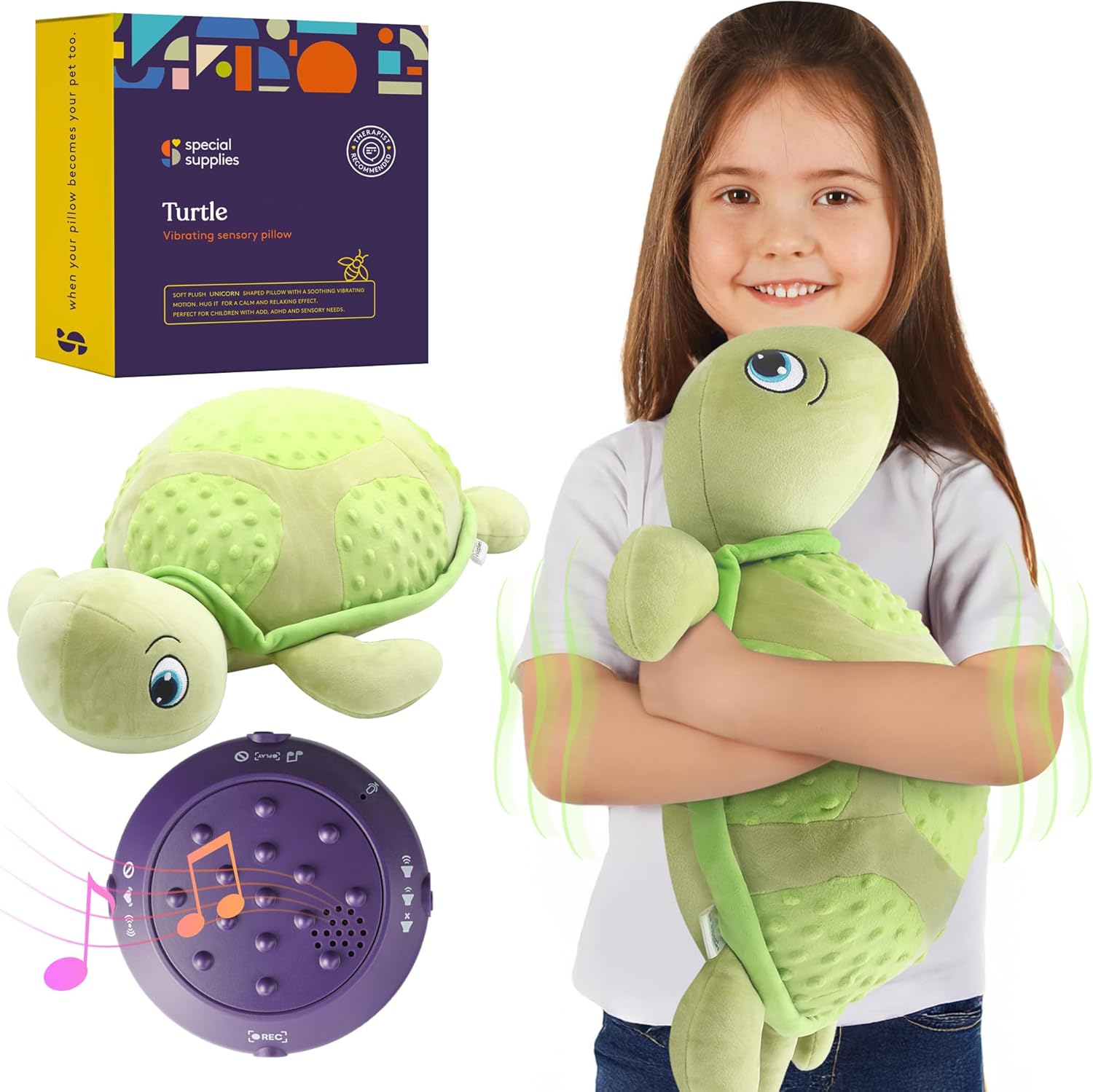
Special Supplies
Calming Kids Sensory Vibrating Turtle Pillow
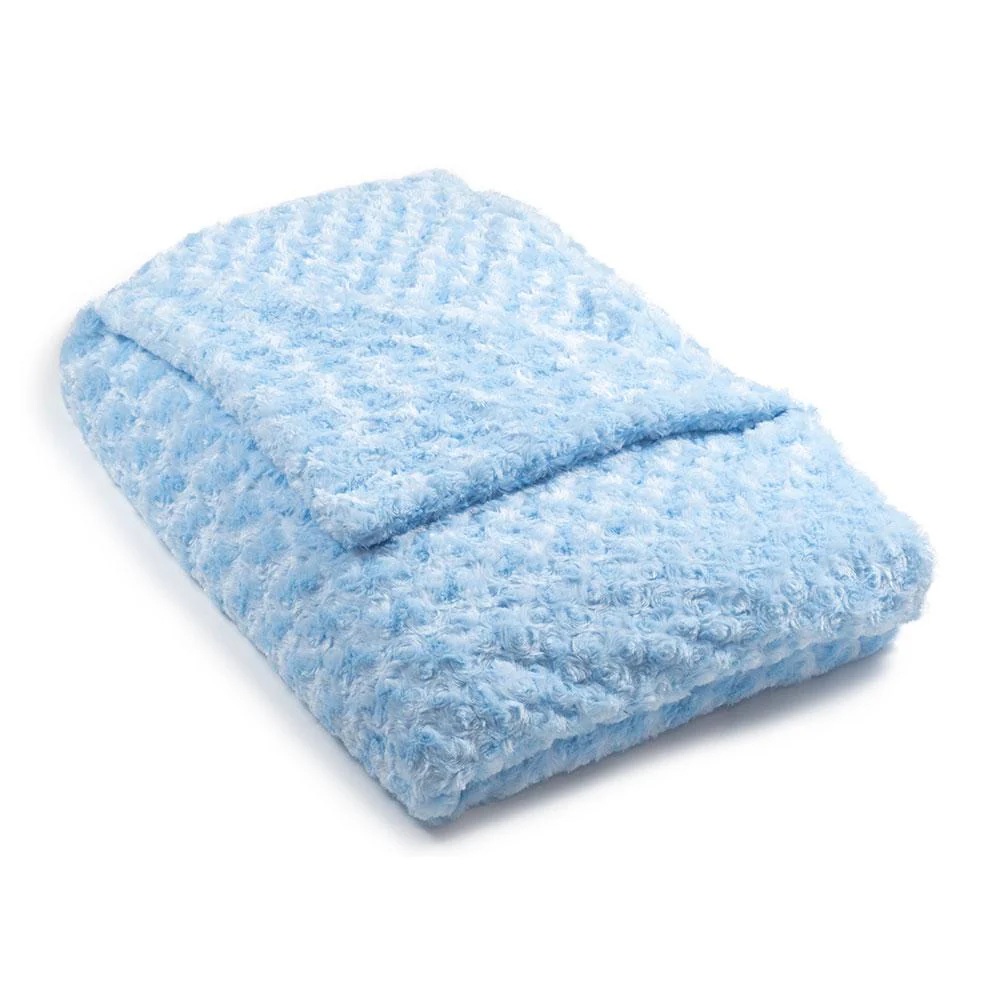
Magic Weighted Blanket
Kids Light Blue Chenille Weighted Blanket
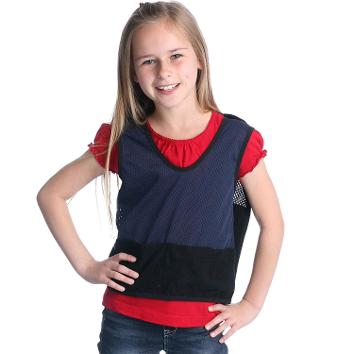
Amazon
Fun and Function’s Compression Vest
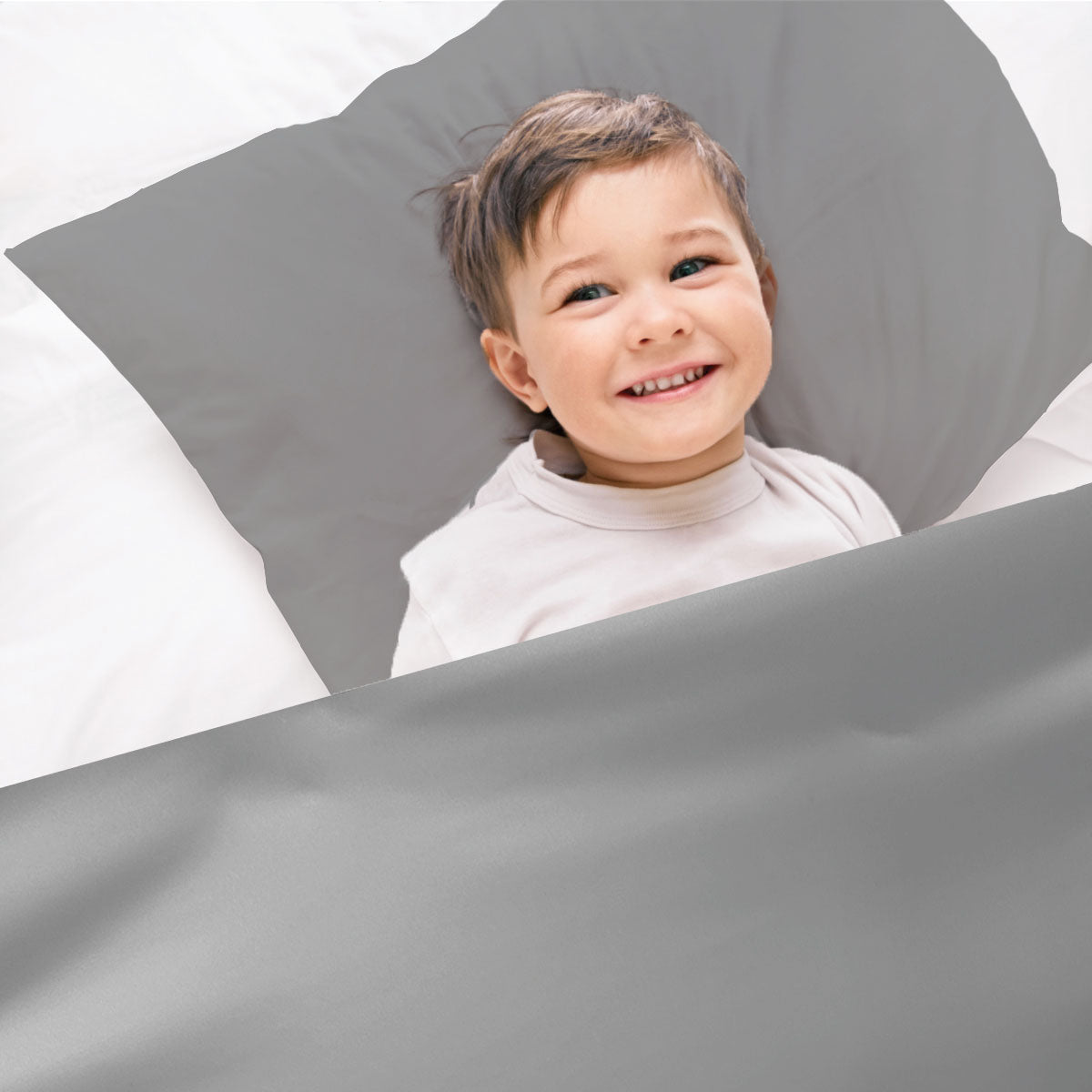
CalmCare
Light Grey Sensory Compression Bed Sheet
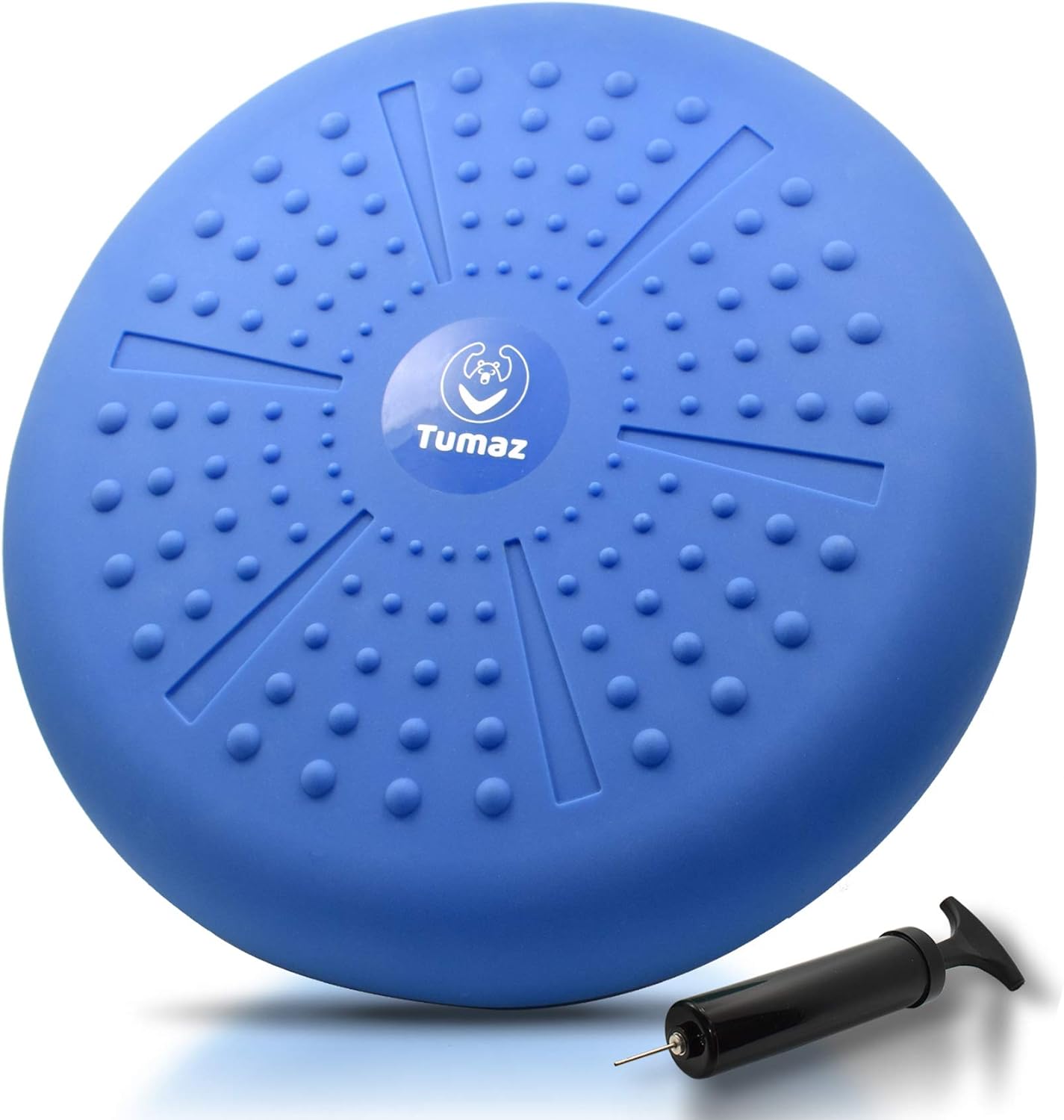
Amazon
Wobble Sensory Balance Cushion Wiggle Seat
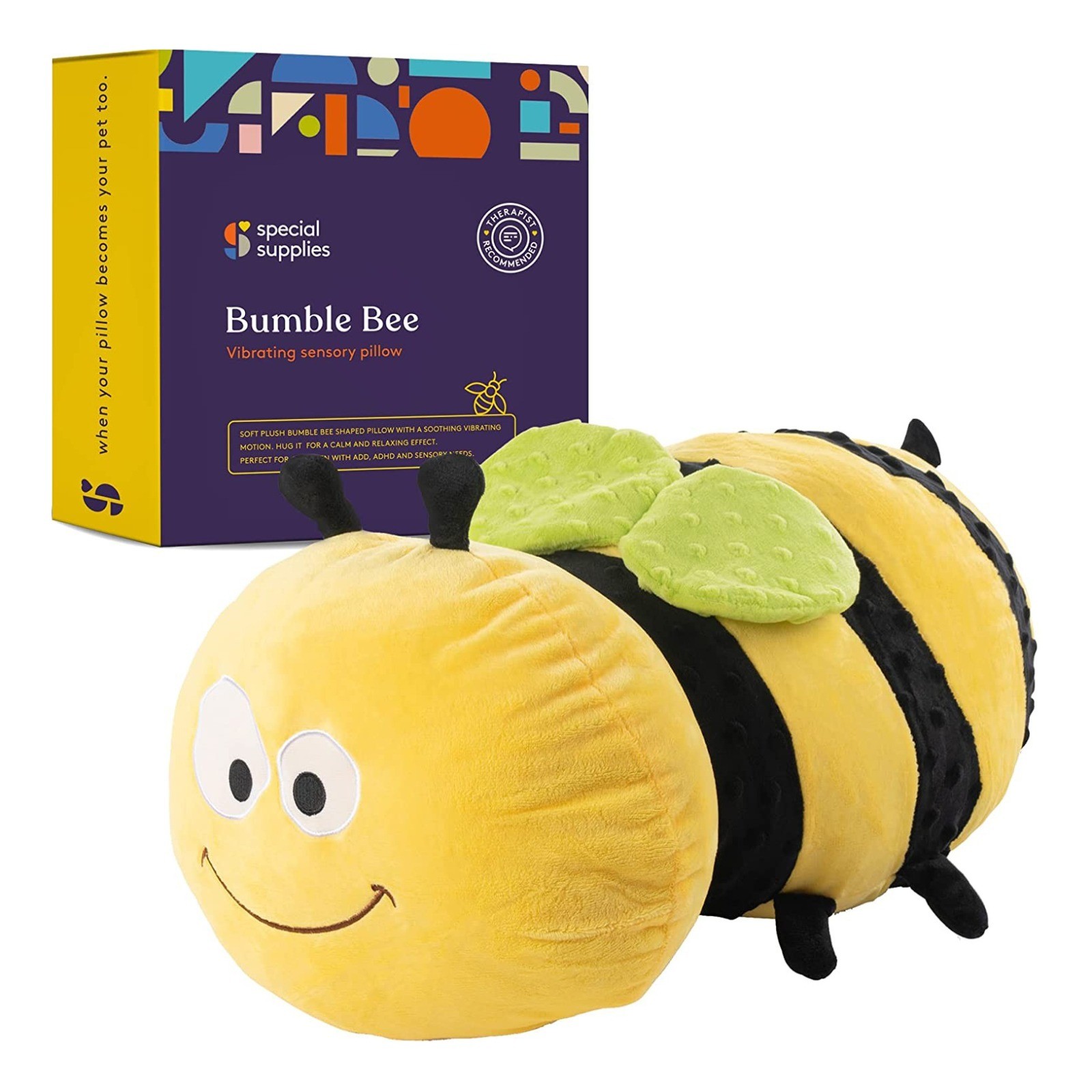
Special Supplies
Bumble Bee Sensory Vibrating Pillow
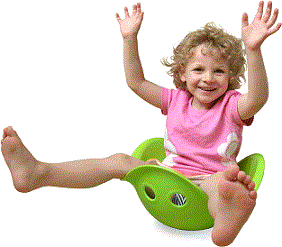
Amazon
Bilibo spinning balance child's sensory toy
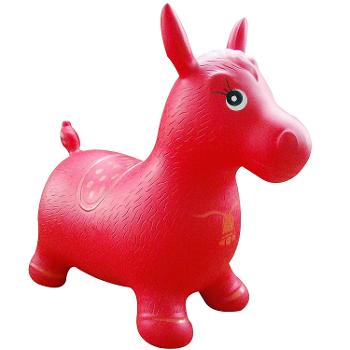
Amazon
Red Jumping Horse Hopper Bouncy Hopper
